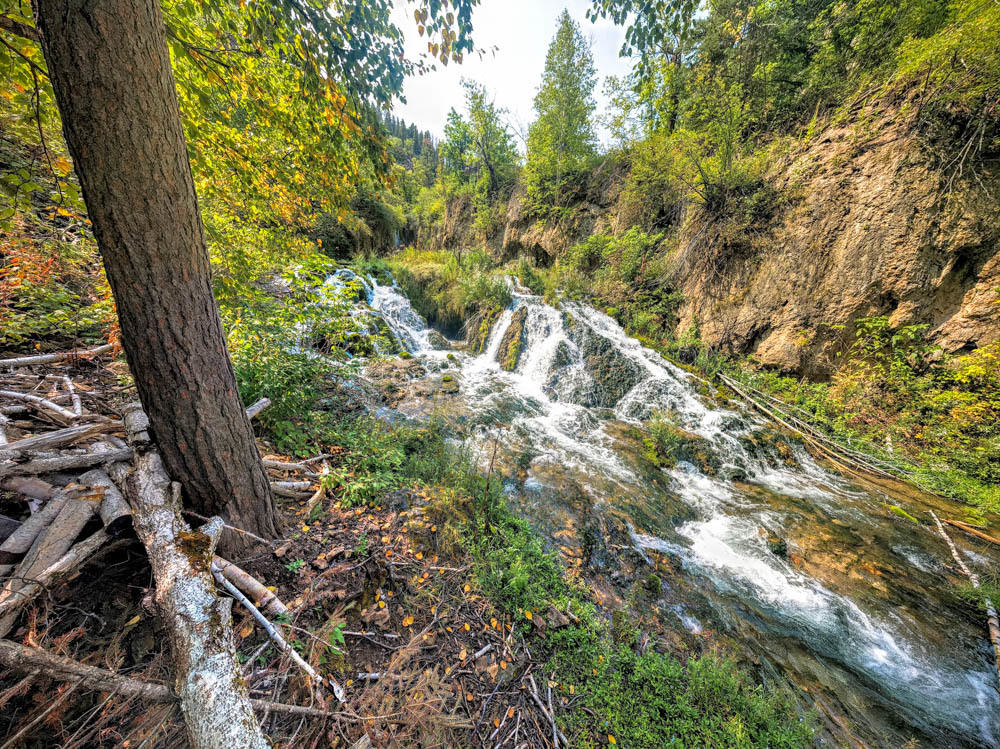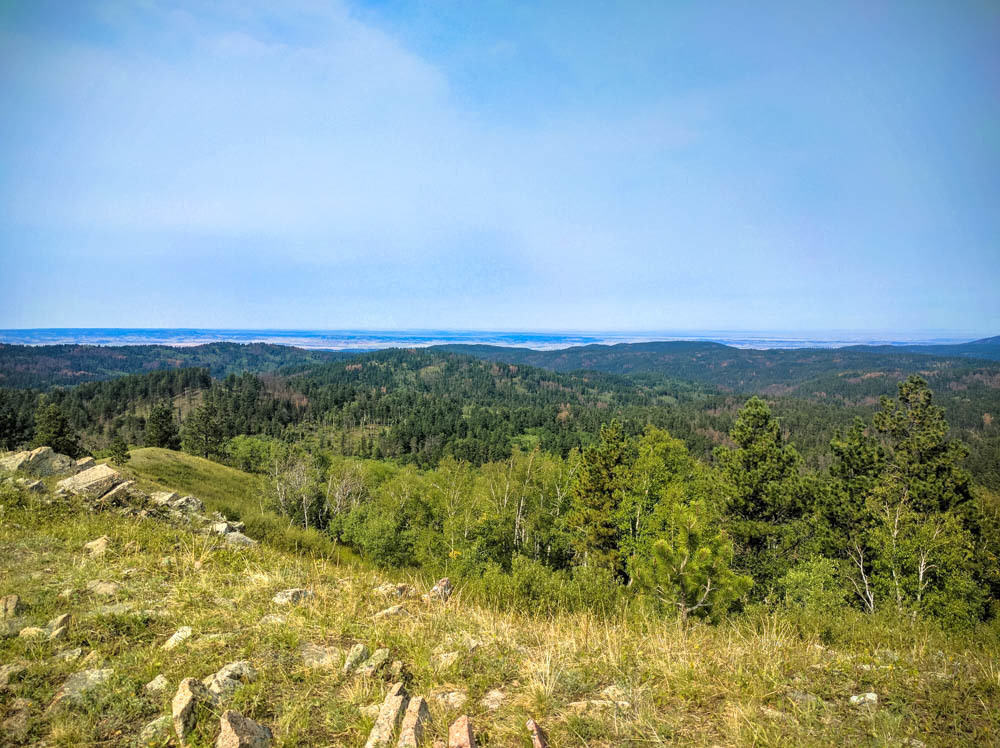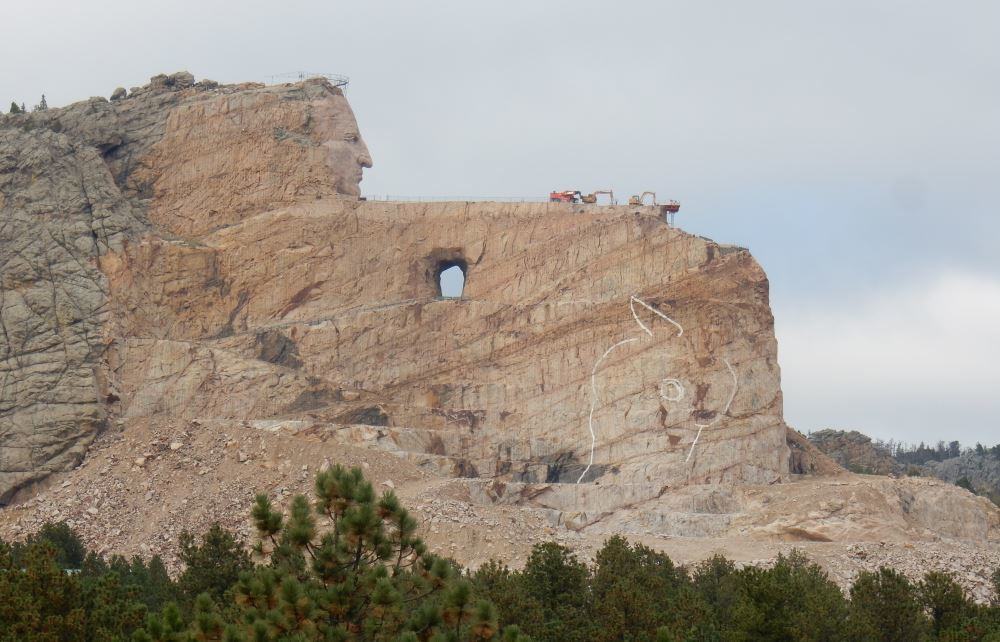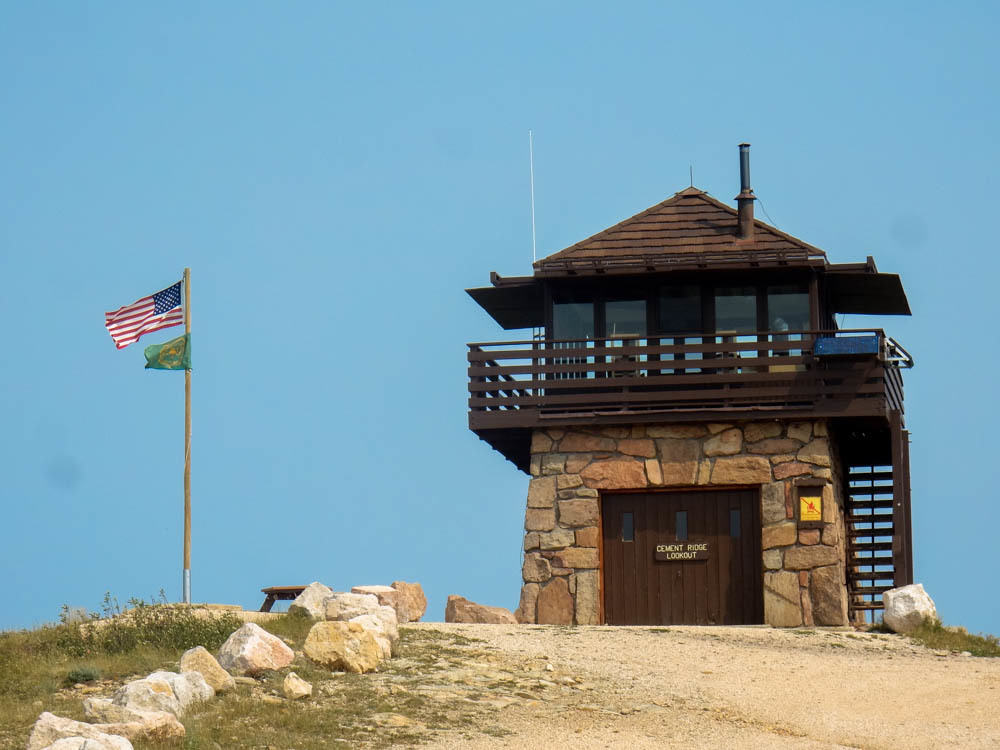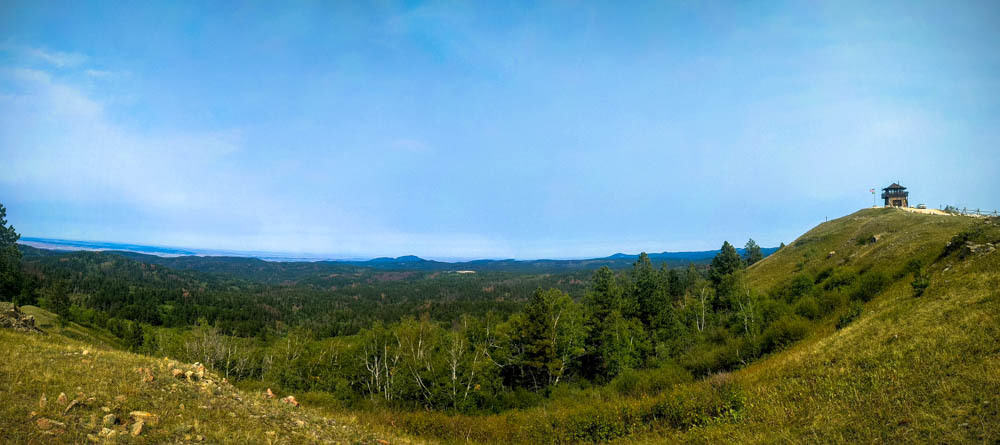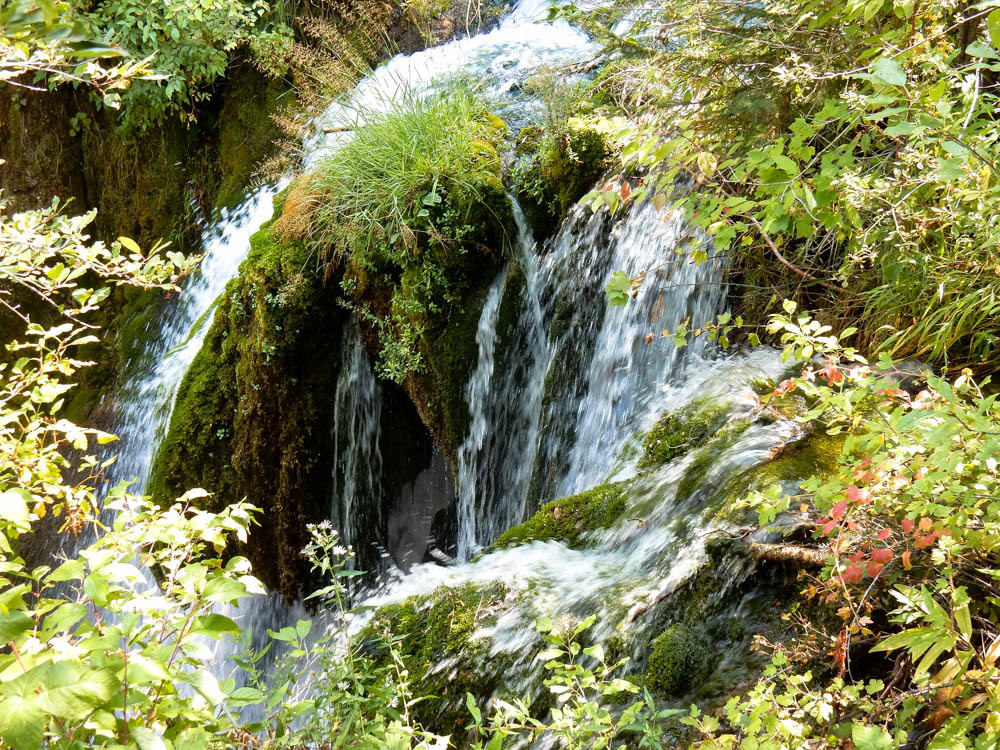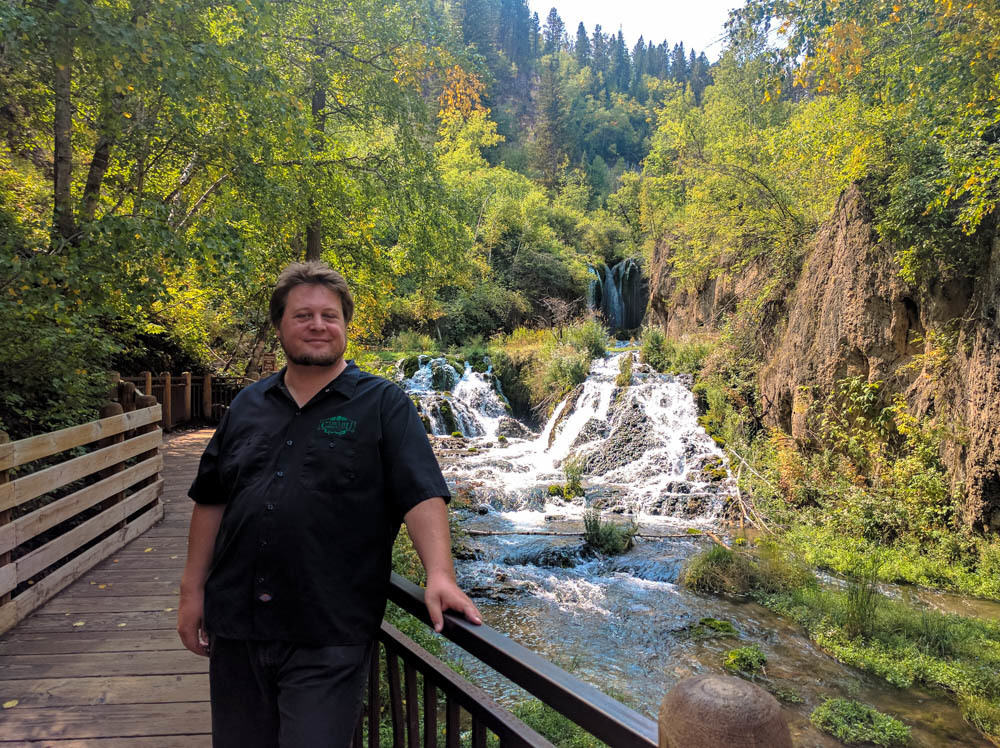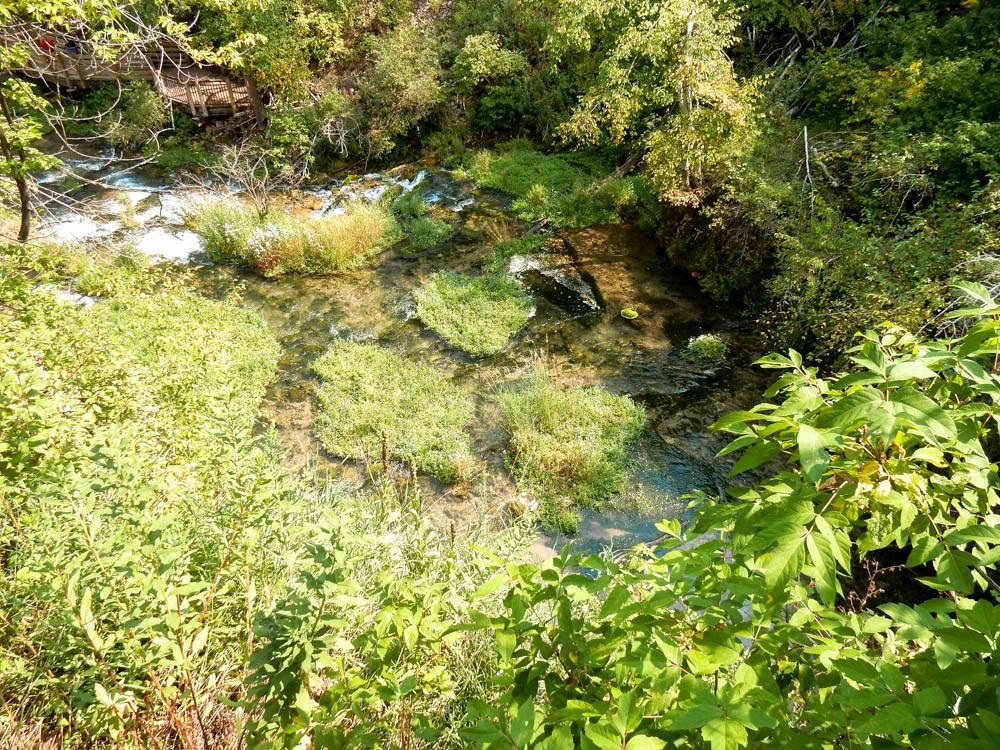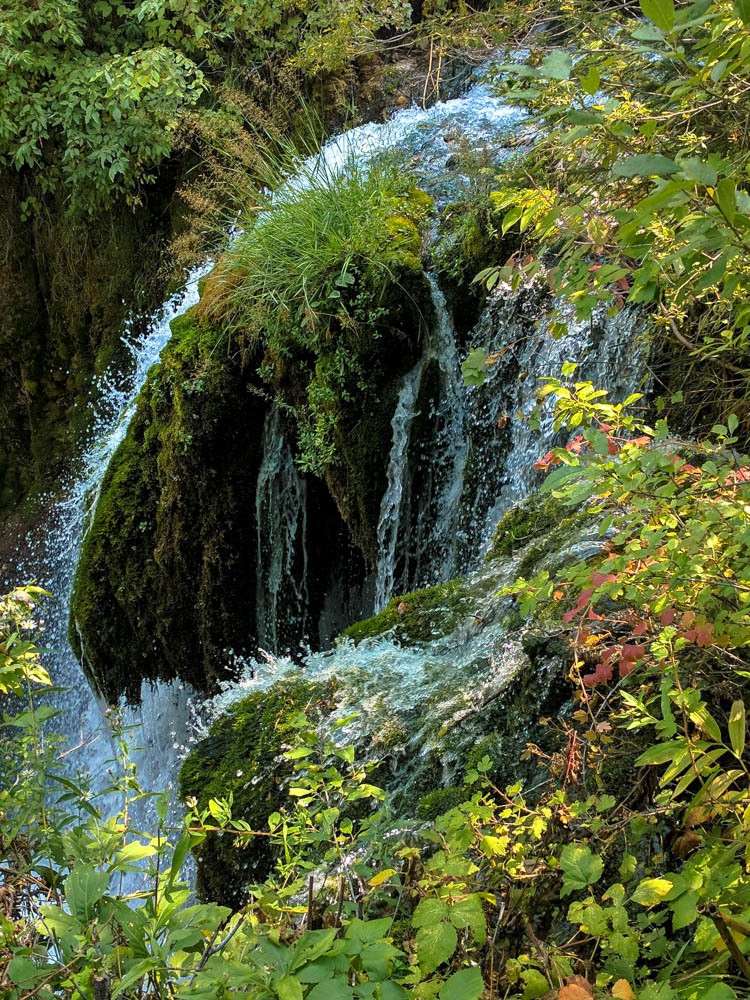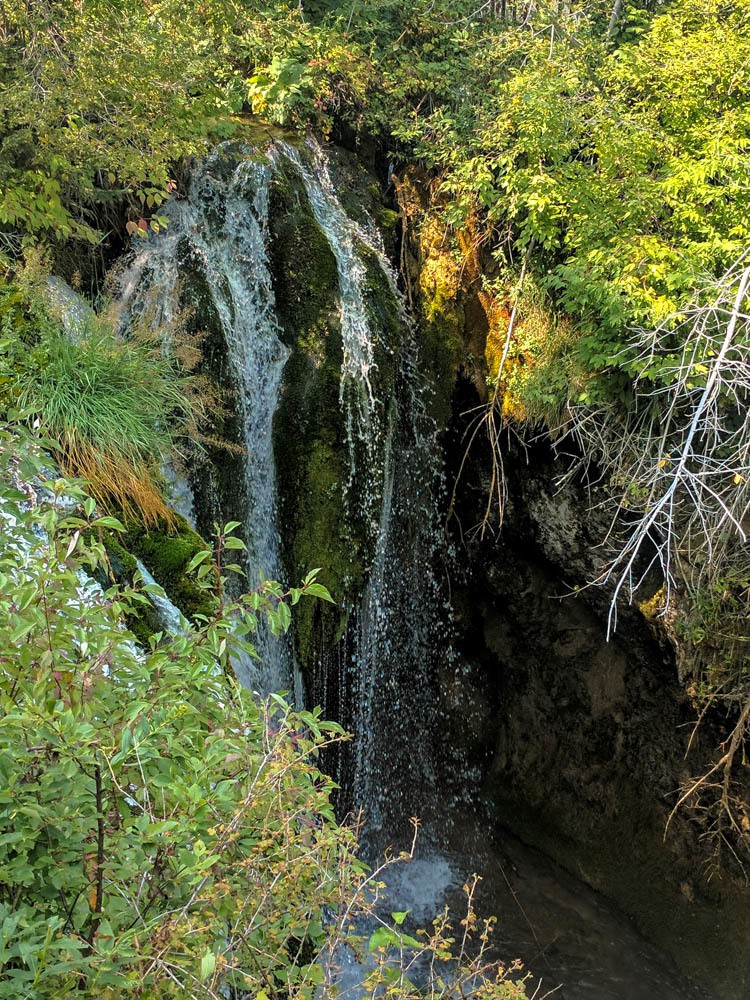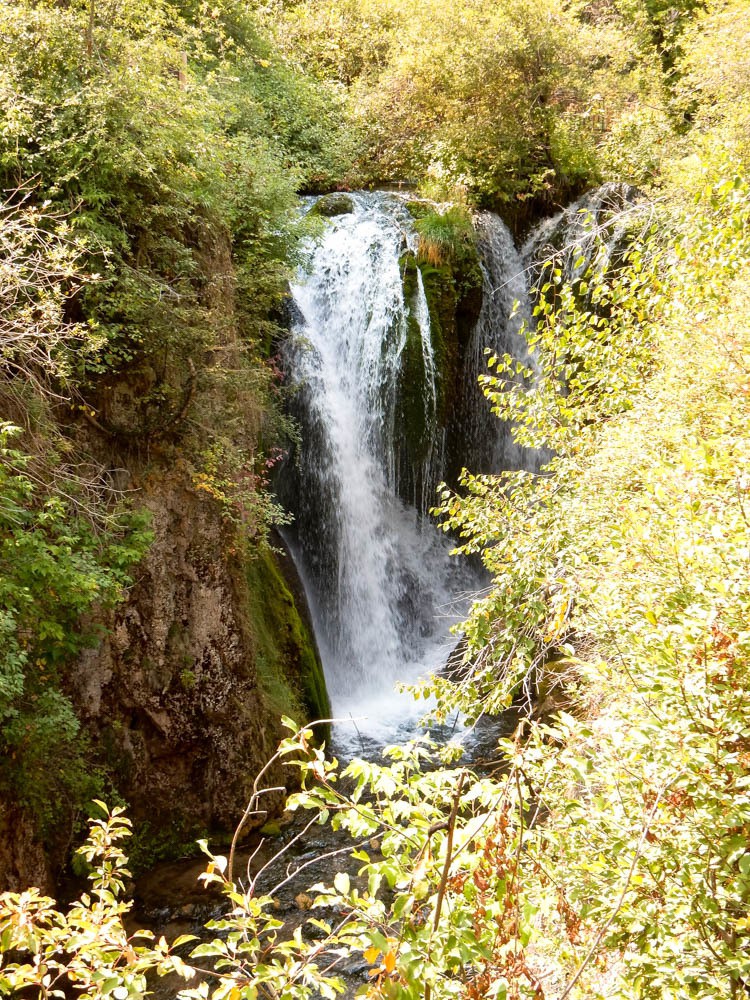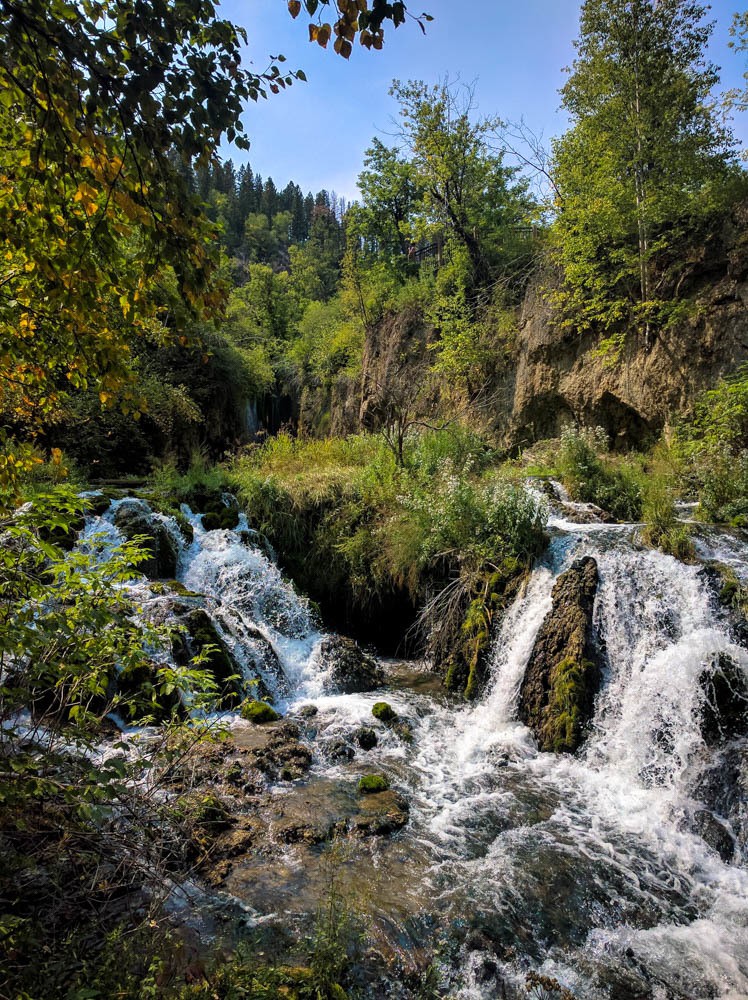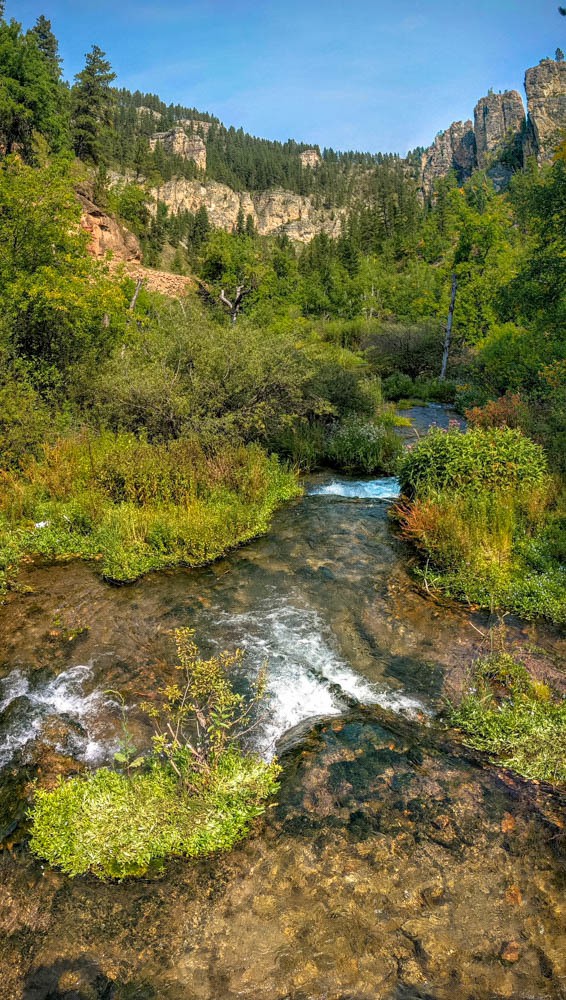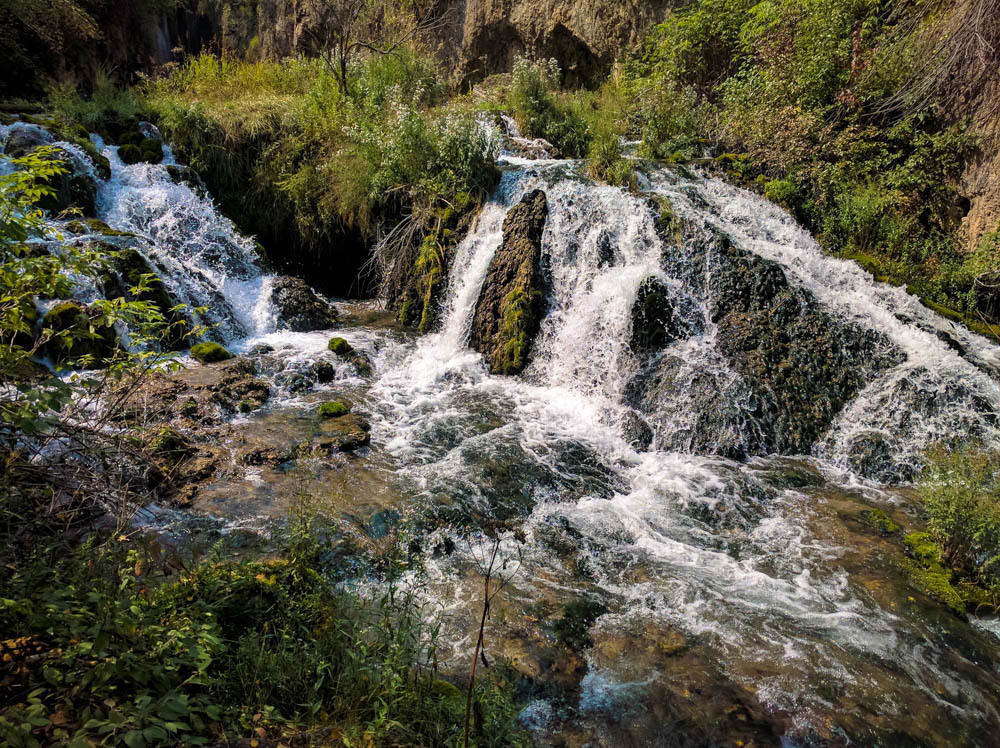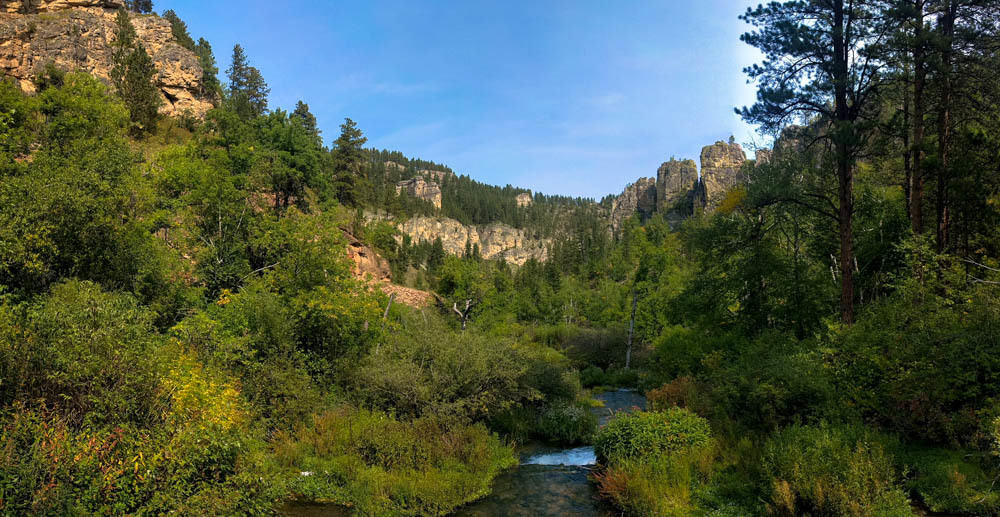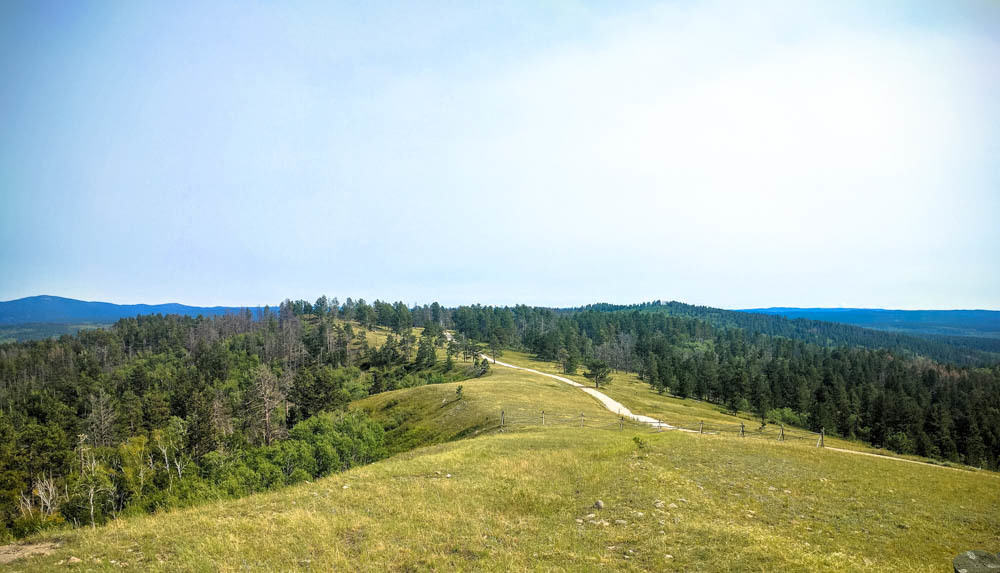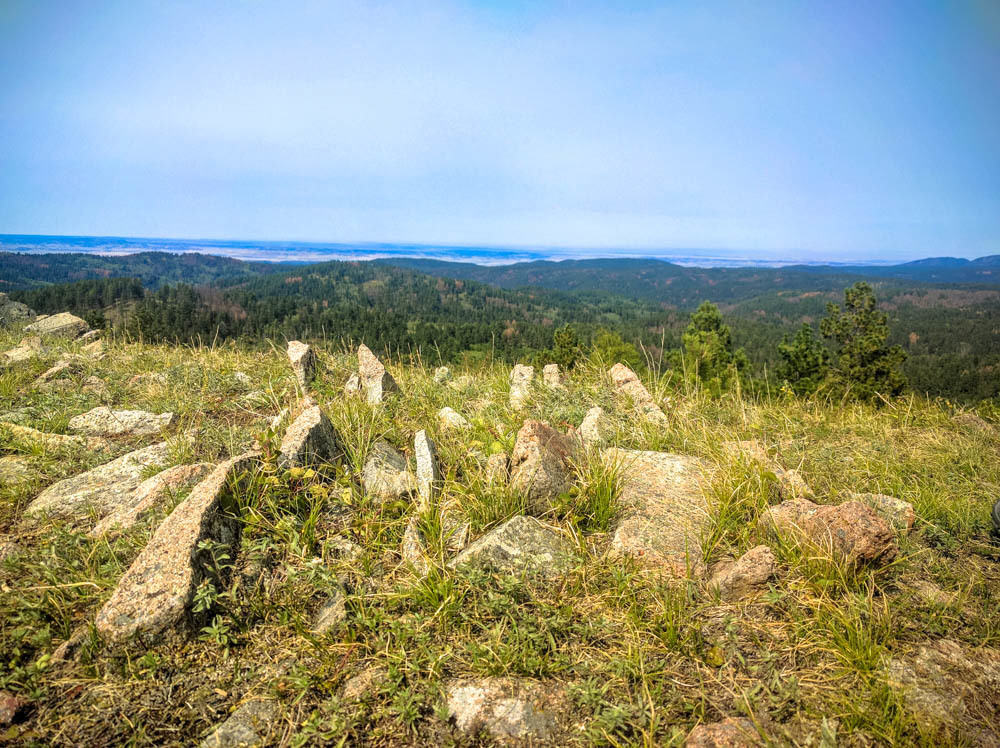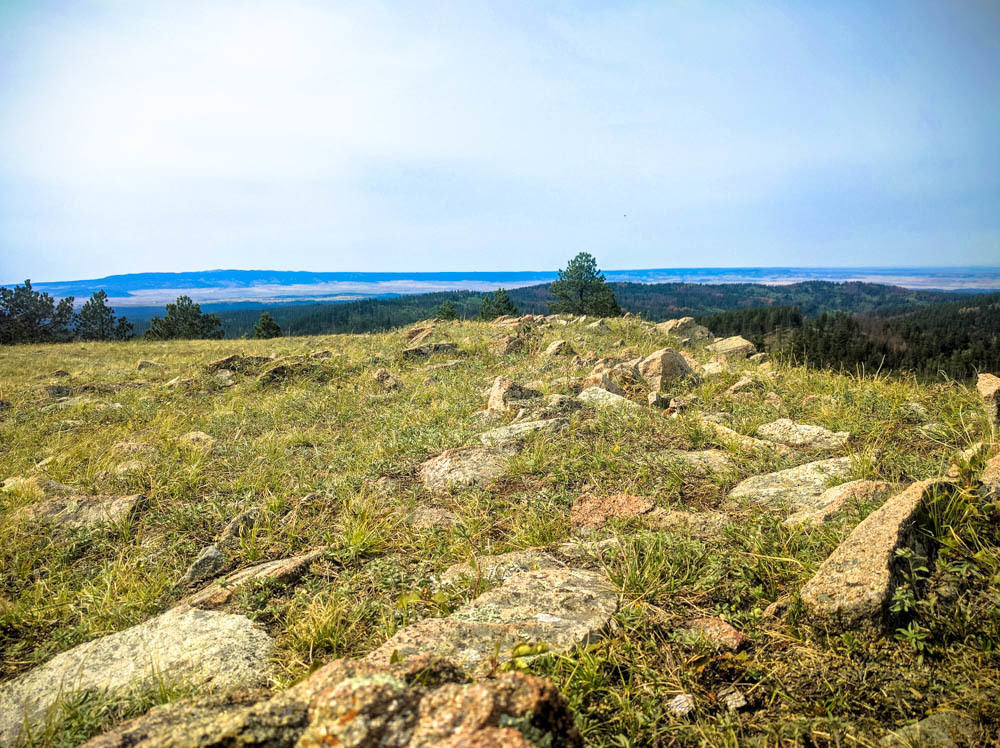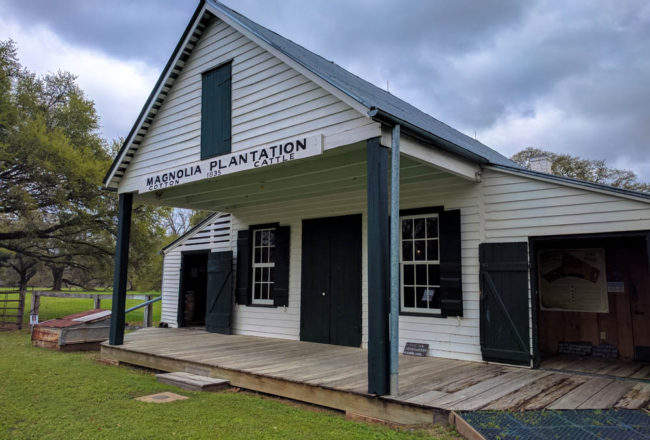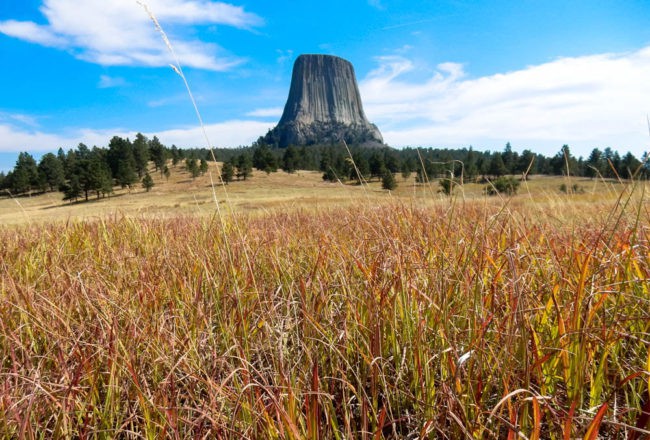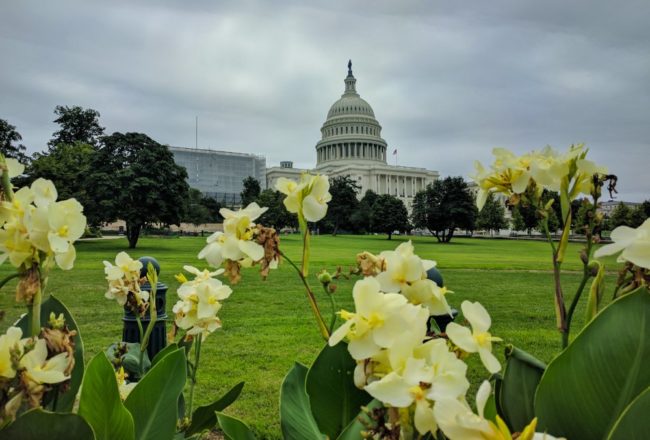In the western South Dakota and northeastern Wyoming, there stands a forest covering over a 1.2 million acres of hills and mountain lands. Rugged rock formations, streams, lakes, caves, canyons, and grasslands intersperse themselves into this amazing ecosystem. This wilderness of thick forest of pine and spruce trees is the Black Hills National Forest.
Pahá Sápa: Hills that are Black
Humans first came to the Black Hills over 10,000 years ago, when people of the Clovis culture, who are considered the ancestors of most American cultures, came to the area. By AD 1500, the Arikara arrived, followed by the Cheyenne, Crow, Kiowa, and Pawnee. The Lakota arrived via Minnesota in the 18th century and drove out the other tribes, who moved west. The name comes from the Lakota (today known as the Sioux Nation) name Pahá Sápa, which means “the hills that are black,” and pretty much describes how the hills look back then and today.
European Traders and Settlers
In the 1800s, European fur traders and trappers explored and mapped the area. In 1874, General Custer led an army exploration into the area and discovered gold, which then led directly to the influx of white settlers and miners. Eventually, the conflict between natives and settlers lead to the Great Sioux War or Black Hills War of 1876. The war lasted for a year and lead to a series of surrenders from the tribal bands, then the death of famed Oglala leader Crazy Horse.
Land Claims
Today, the Sioux Nation continue to advance their efforts in an ongoing conflict with the United States Federal Government to have their traditional hunting and religious lands returned.
The land of the Black Hills is home to six national parks: Mount Rushmore National Memorial, Badlands National Park, Devils Tower National Monument, Jewel Cave National Monument, Wind Cave National Park and Minuteman Missile National Historic Site. While a Native Americans presence is represented by the Crazy Horse Memorial.
Although the case is still pending between the Sioux Nation and the United States Government, in 2012, a United Nations representative recommended that some of the lands be returned to some of the tribes, including the Black Hills to the Sioux, in accordance with the United Nations Declaration on the Rights of Indigenous Peoples.
Spearfish Canyon Scenic Byway
In the northern half of the Black Hills Forest is a stretch of road about 22 miles long, and traverses from the city of Spearfish along Alternate Highway 14, through the Spearfish Canyon, and then ending at Cheyanne Crossing at Highway 85.
As we weaved along the highway, we gawked at high limestone walls overhead. Ponderosa pine seemed to cling to the rocks with tenacity, while buckbrush and oak brush flourished along Spearfish Creek.
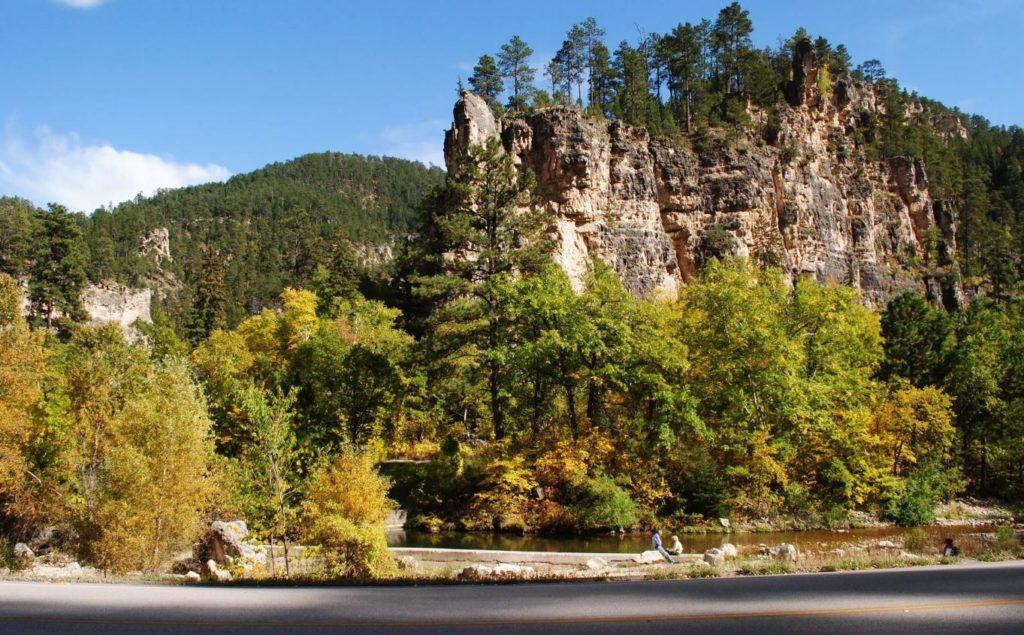
Spearfish Canyon Scenic Byway – twenty miles upward through natural beauty and unique scenery
We saw several fly fishermen in hip-waders, casting their rods for some of the best rainbow trout the area can offer. We found Dippers and Belted Kingfishers swooping along the waters.
We took a short stop at Bridal Veil Falls, one of three falls found in Spearfish Canyon. The name of this 60-foot waterfall is evident from the shape of the water as it falls in thin veils over limestone rock layers like Victorian lace.
Roughlock Falls
We then split off toward the right toward Little Spearfish Canyon. This side canyon belongs to the State of South Dakota and is officially called Roughlock Falls State Nature Area.
The trail that leads to Roughlock falls is super easy and runs along the creek. There are two trail heads, one that starts near a lodge and parallels the dirt road. The other trailhead starts above the falls and winds down to the falls.
Roughlock Falls is a spectacular place to view and photograph. There is ample bird watching, wildlife viewing, and fishing. It also happens to be one of the few places in the Black Hills to observe the rare American Dipper, a bird that can both walk and swim under water.
The water is crystal clear and we could easily spot brook and brown trout. At the base of the falls, moss seemed to invade nearly every crevice while grasses, reeds, and flowers grew so perfectly that it seemed like a well-planned garden.
Cement Ridge
Having had our fill of serene waterfalls, we decided to take the long route back to Wyoming. From Little Spearfish Canyon we took road 222, which is a dirt road through Schoolhouse Gulch, and toward a side road up to Cement Ridge Lookout. The whole route is very scenic, with bucolic birch tree groves, the occasional rustic shack, and wandering doe-eyed cattle.
Cement Ridge has 574 feet of prominence and gives clear views of Crow Peak, Inyan Kara Mountain, Spearfish Peak, Terry Peak, Old Baldy Mountain, and Custer Peak, as well as views of Rattlesnake Canyon, Wagonwheel Canyon, and Wyoming’s Grand Canyon.
The area around Cement Ridge contains rich deposits of Minnekahta limestone and is a key ingredient in manufacturing cement, and thus probably lends its name this fact.
Since Cement Ridge holds such a commanding view of the area, a fire lookout cabin was built in 1912 upon the summit. In 1921, the cabin was upgraded to a 2 story wooden tower, which was then replaced by the stone tower in a 1940 upgrade. That tower still stands today and is one of eight towers manned each year during fire season.
After Cement Ridge, we took road 804 through Rattlesnake Canyon toward Sundance, Wyoming. We saw a few wild or feral turkeys from the roadside and what looked like a Ferruginous Hawk perched on a simple fence.
As we left Black Hills Nationa Forest proper, we got a gorgeous sunset over the grasslands of Black Flats. The perfect way to end our little adventure through the Black Hills.
- Roughlock Falls Trail is a 2 mile moderately trafficked out and back trail.
- Hitch & Roughlock Falls
- Roughlock Falls – Looking Down from Above
- The trail offers easy access to excellent brown trout fishing and wildlife viewing.
- The short trail winds its way through the birch and pine trees along Spearfish Creek.
- Lower falls of Roughlock Falls
- Looking back at Little Spearfish Canyon
- Looking back on Little Spearfish Canyon & Spearfish Creek
- Cement Ridge Lookout
- Looking back at the access road leading to Cement Ridge Lookout
- Cement Ridge area contains rich deposits of Minnekahta limestone
- Pano from Cement Ridge
- Cement Ridge Lookout
